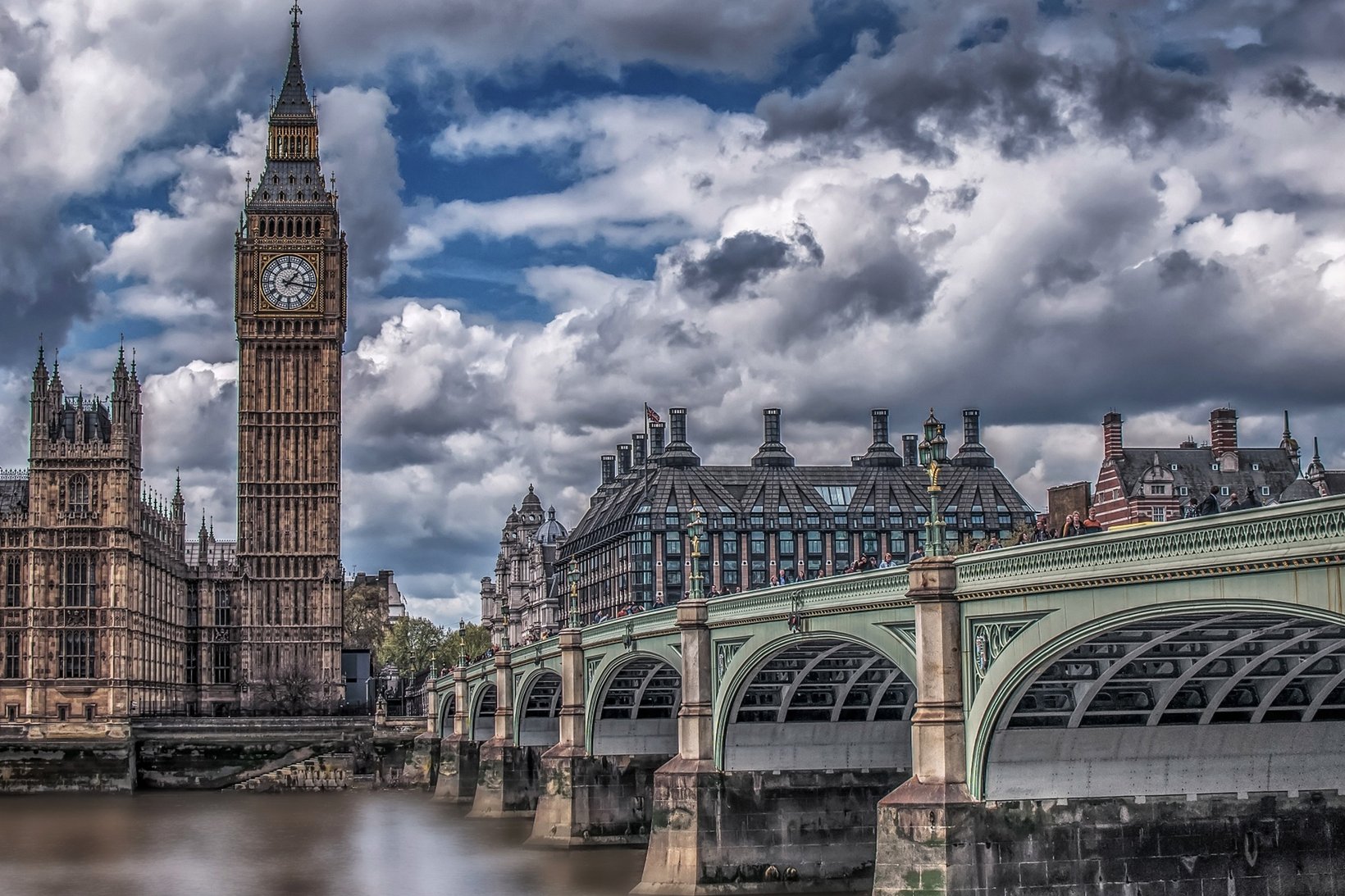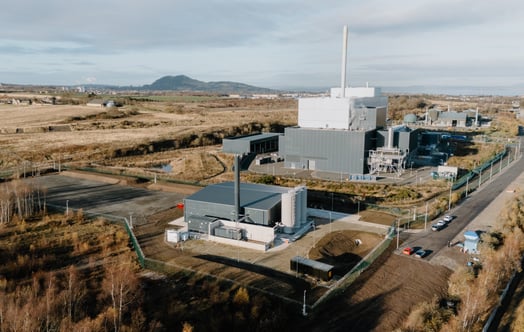We can achieve amazing results when we put the right framework in place.
In the UK the promotion of district heating is tied into our route to net zero. In 2008 the UK was the first country to introduce primary legislation creating a legal duty on government ministers to set policies to reduce carbon emissions. Initially, the ambition was for a 60% reduction, but following public pressure, this was lifted to 80% of 1990 levels by 2050. Last year this was perhaps surprisingly and uncontroversially further lifted to net zero.1
“The Secretary of State must prepare such proposals and policies as the Secretary of State considers will enable the carbon budgets that have been set under this Act to be met."
This is a momentous piece of legislation with generational consequences, passed by Gordon Brown’s government, that doesn’t even rate a mention in his Wikipedia entry.
The basic approach was to establish an independent body to set Carbon Budgets for each 5 year period (CB1, CB2 and so on), advise the government on how to achieve these budgets and require ministers to respond to those proposals. This is the Committee on Climate Change (CCC).

How is the UK doing? CCC June 2020 report to Parliament

Where have reductions come from? Fig 2. CCC June 2020 report to Parliament
The vast majority of those reductions have come from two sources: one visible, the other invisible. The most obvious is the decarbonisation of the power sector, a reduction of over 100Mt per year from some 150Mt in 2010 to close to 50Mt this year.
The good news is that nobody would have believed this possible in 2010. I have worked in this field since 2006 and would not have believed the current outcome if told in 2010. Perhaps the UK was decarbonising at just the right time for the Wind and Solar industries, but the innovation in financing such schemes has made financing renewables viable globally. Indeed, the UK policy response of creating a dedicated ministry called the Department for Energy and Climate Change (DECC) demonstrates the relative importance of energy in early policy thinking. Energy Efficiency, particularly in lighting and appliances, has delivered the invisible change.
One might expect this change in power generation to have come at great cost to consumers, in fact, the opposite is true. The combination of low carbon policies and efficiency has reduced the average bill by around £115 or around 10% after adjusting for inflation.
The importance of decarbonising residential emissions has been climbing up the agenda as the power sector has decarbonised. Provisional 2019 UK emissions data has CO2 emissions from residential (65.2Mt or around 18% of all CO2 emissions, 80% space and water heating) as higher than the business sector (64.7) or direct from power stations (57.4).
Heat Networks in the UK
The CCC state2 “The lack of public awareness and support for low-carbon heating is arguably the single greatest consumer barrier to achieving Net Zero.”
Heat is the great decarbonisation challenge for policymakers and companies like Vattenfall to deliver over the next 30 years. Whilst decarbonising power has been relatively invisible to consumers, decarbonising heating will mean changing the energy consumption habits in every one of the 29 million households in the country.
Heat networks are not a well-developed route to supplying heat in the UK. The typical supply figure given is that they supply around 2% or 1 TWh/yr of UK residential heat demand, compared to 60% in Sweden. This is due to historic reasons for energy market development. Power stations were built well away from cities closer to the coal fields so integration to supply heat from the cooling of power generation was not feasible. The UK also had extensive town gas networks and during housing stock replacement in the 1950s onwards the decision was made to supply gas as the UK had discovered large natural gas reserves it could use, primarily so coal could be used for power and industry.
In the middle of the last decade, the government had almost no information on the use of district heating in the UK. So in 2014 as part of the process of starting to look at heat decarbonisation, the government introduced heat metering and billing regulations3. This legislation required heat networks to report on the number of customers and heat delivered.

Where are the heat networks? Fig 3. BEIS Metering Data Nov 2016
As can be seen, the average number of customers was less than 30 so most systems (15,000) are really communal systems. Originally there were only 15 large district heating schemes with more than 1,000 customers.
The Fifth Carbon Budget set the scene back in 2015. We expect the 6th Carbon Budget which will be published in December this year to ramp up the ambition further.

Fig 4. Element energy research for the CCC
The CCC central scenario targets a deployment of 42 TWh/yr of DH by 2030 and 81 TWh/yr by 2050. The high scenario is for 50% more heat to be delivered by those dates. It also identified 500 1km2 zones in the UK with heat demand of more than 50GWh.
What this means for the UK district heating industry is an industry that has to grow at a compound growth rate of 8% or more to 2050.

Fig 5. IPPR – Piping Hot report
The amount of investment is huge and that is what I wanted to bring to everybody’s attention. The industry needs to grow to be equal to the size of the Wind Industry in the UK. We need to be investing £1-2Bn per year to build out the networks to meet this ambition. Vattenfall should be achieving 20% or more of that. The above numbers are just to 2030, so approximately within the next 10 years. To stay on track, investment and growth will need to at least double again by 2050.
Regardless of the wider decarbonisation ambition for the UK Government, heat networks represent a ‘no regrets’ option as they improve the efficiency of supplying heat from any source.
Policy direction from the CCC to government is clear that both electrification and district heating offer the primary route to zero-carbon heat.
We expect a significant policy and step-change in ambition from government later this summer with the publication of "The Buildings and Heat Strategy" which is being produced by the CCC in conjunction with government departments including Housing and Treasury. The expectation is that this will set a clear direction for the next 30 years so that we can reach zero emissions from buildings by 2050.
We can achieve amazing results when we put the right framework in place, the changes in the power sector prove this and so the future for change in heat looks set to challenge and amaze us all with what we achieve.
[1] https://en.wikipedia.org/wiki/Climate_Change_Act_2008
[2] CCC June 2020 report to Parliament
[3] https://www.legislation.gov.uk/uksi/2014/3120/made
[4] Emden J, Aldridge J and Orme B (2017) Piping hot: The opportunity for heat networks in a new industrial strategy, IPPR. http://www.ippr.org/publications/piping-hot




